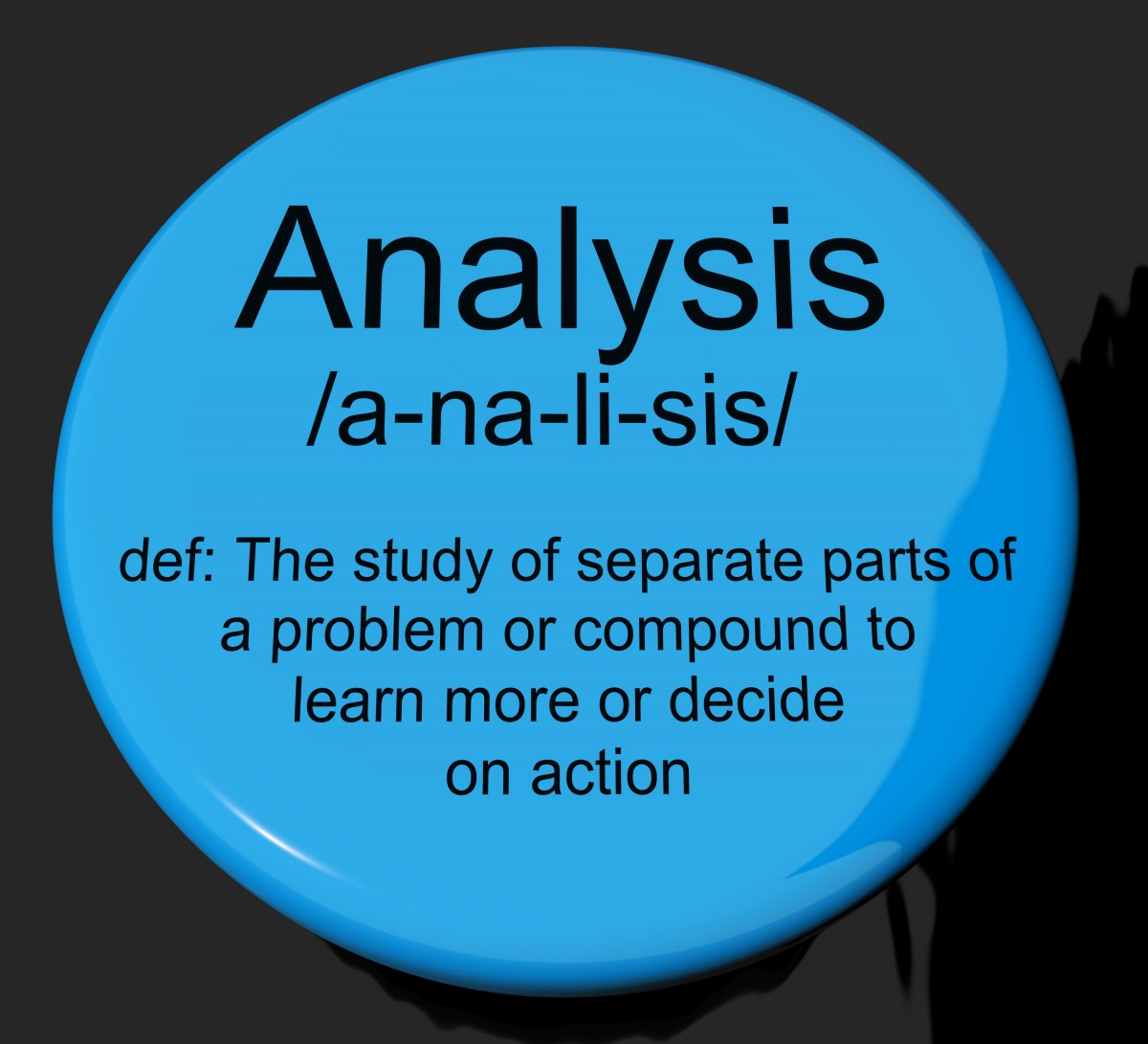26 November 2014
We have a research problem. Records of the right type exists for the time and place. We search them, page by page. No record has the information we seek. What then?
We have two choices.
- We can say Darn! I bombed out again! and then spend years searching for that elusive piece of direct evidence—an explicit statement that answers our research question in plain black-and white—and never find it because it was never created.
Or
- We can analyze that "unhelpful" set of records for negative evidence and indirect evidence that will point us toward a conclusion.
If you feel a need to sharpen your skills with the use of either negative or indirect evidence, EE has a couple of QuickLessons to help:
- QuickLesson 17. To illustrate a discussion of the Evidence Analysis Process Map, we provide a case study in which both negative and indirect evidence give us answers that no document plainly states.
- QuickLesson 13. Using a step-by-step approach, we illustrate how to analyze almost any kind of issue—and then illustrate it with the well-known research existing for the Thomas Jefferson–Sally Hemings case.
PHOTOCREDITS: "Analysis Definition Button Showing Probing Study Or Examining," CanStockPhoto (http://www.canstockphoto.com/analysis-definition-button-showing-9530311.html : accessed 1 November 2014), uploaded 10 May 2010 by StuartMiles; used under license.
Analysis at the brick wall
How did you know that's exactly where I'm hitting a brick wall? I have a couple who were married in 1819. I have their marriage bond and the bondsman and witness is not a family member. I have their Census records for 1820, 1830, and 1840, which show that they had two male children living with them, (ages 10-23) presumably their own children, but they could possibly have a family member's children living with them. I have other similar incidents in my tree. There is no death record because North Carolina did not issue death certificates until 1914. There are no land records, except a deed whereby the wife's father had willed and divided his land. I have recently ordered a copy of that document from the Register of Deeds and am anxious to see what it contains. I suppose I might be able to browse the 1850 Census to see who was living in that area with that surname who was not recorded in 1840, hoping that they still lived at home. I know who their neighbors were. And I suppose I could hope that they stayed in the same location until 1914, that they died in their mid-late 70s, and browse death certificates for them because nothing comes up in a search. If I can't find any other documentation, then I must postulate who these two male children were. It's a bit nerve wracking if you're a person, such as myself, who craves completion.
Ah, Debra, that's the kind of
Ah, Debra, that's the kind of brick wall many researchers hit! That's why EE's QuickLessons focus so often on research methodology.